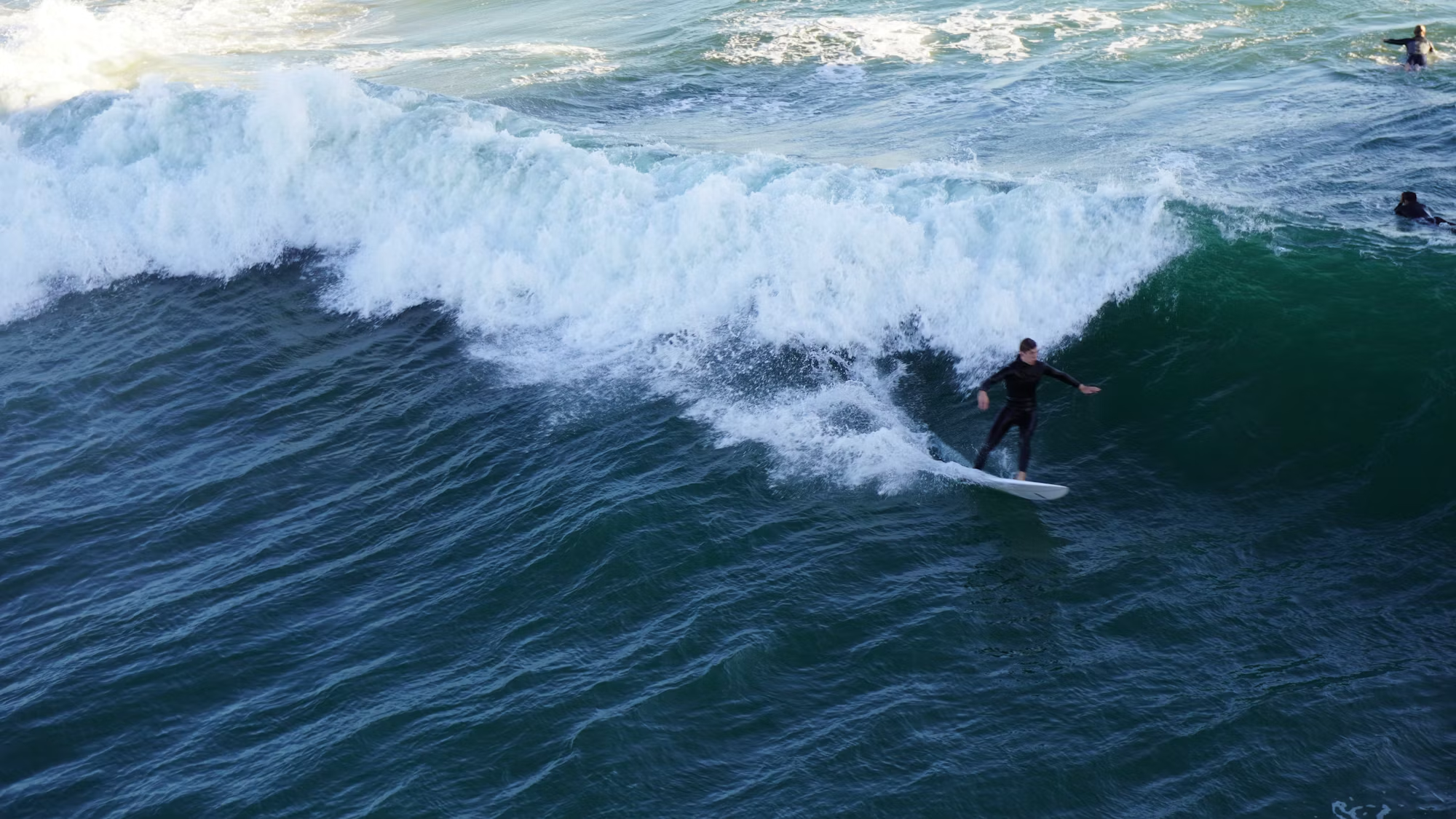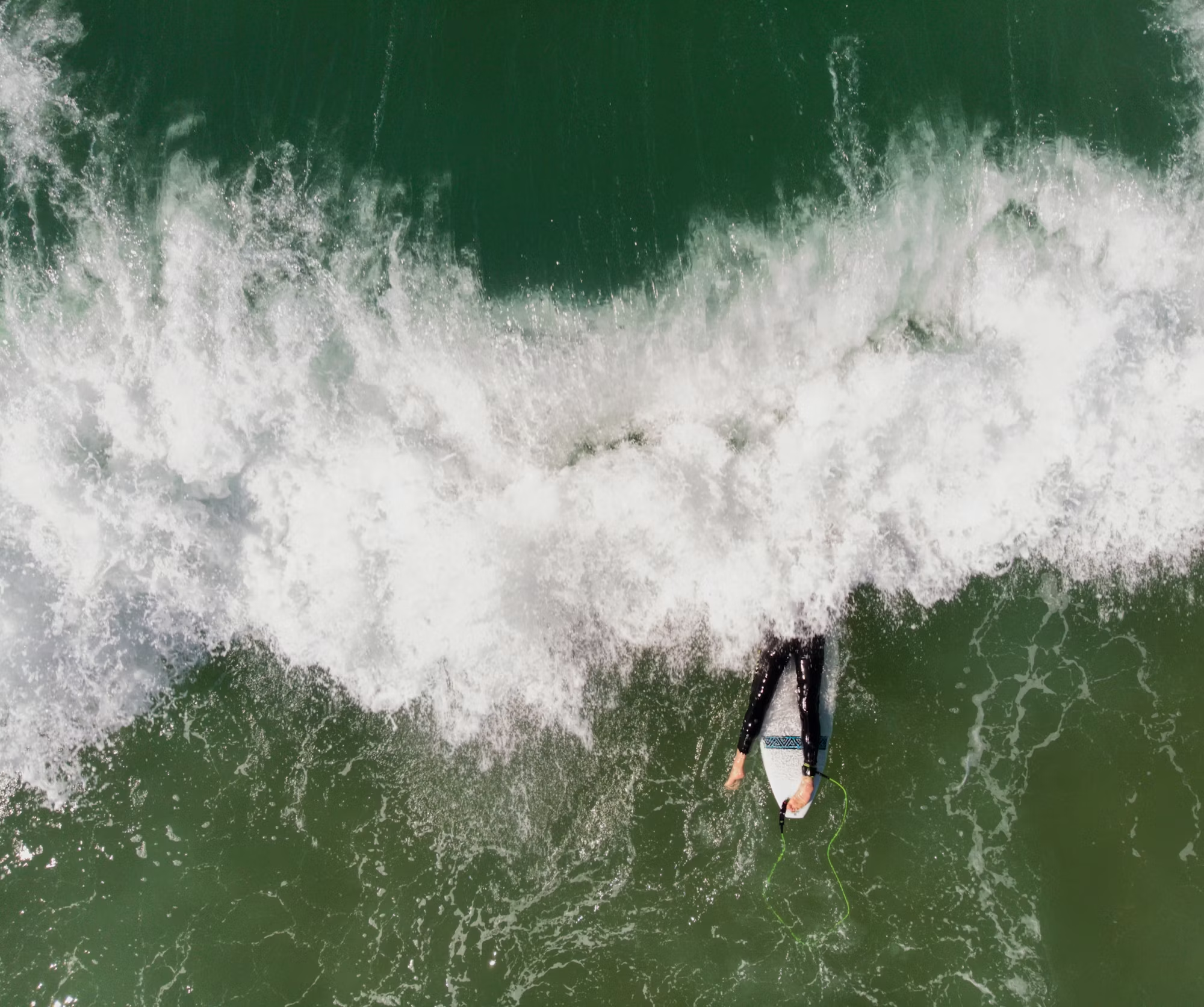Big wave surfing is often considered the pinnacle of the sport, attracting adventurers and adrenaline junkies from around the world. It involves riding waves that reach heights of 20 feet or more, demanding not only exceptional skill but also a profound respect for the ocean’s power. This article explores the history of big wave surfing, the techniques and equipment used, the challenges surfers face, and the vibrant culture that surrounds this thrilling activity.
The Origins of Big Wave Surfing
Big wave surfing has roots that trace back to the early days of the sport in Hawaii, where native surfers rode the massive waves of the North Shore. However, it wasn’t until the 1950s and 60s that the sport began to gain global recognition. Surfers like Greg Noll and Dick Brewer paved the way, riding the legendary waves of Waimea Bay. Their exploits not only captured the imagination of surfers but also marked the beginning of big wave surfing as a recognized discipline.
As the sport grew, surfers began to seek out larger and more challenging waves. The discovery of spots like Pipeline, Mavericks, and Teahupo’o pushed the limits of what was possible, setting the stage for a new era of big wave surfing. These locations became synonymous with the sport, drawing elite surfers who sought to test their skills against the ocean’s might.
The Techniques Behind Big Wave Surfing
Riding big waves requires a unique set of techniques and skills that differ significantly from traditional surfing. One of the most crucial aspects is understanding wave dynamics. Big wave surfers must develop an instinct for reading the ocean, identifying the best times to paddle out, and predicting when and where the waves will break.
Paddle technique is also essential. Unlike smaller waves, where surfers can often paddle into the wave, big wave surfing frequently necessitates a powerful, aggressive paddle to catch the wave before it breaks. Surfers often train extensively to build their upper body strength and endurance, enabling them to generate the speed required to catch massive swells.
Once on the wave, the techniques diverge even further. Big wave surfers must master the art of positioning and turning. They often employ bottom turns to gain speed and then execute powerful carves to maintain momentum while navigating the wave’s face. Timing becomes critical; a well-timed maneuver can mean the difference between a thrilling ride and a wipeout.
The Essential Equipment
The equipment used in big wave surfing is specifically designed to handle the unique challenges presented by larger waves. Big wave surfers typically use thicker, more buoyant boards that range from 8 to 12 feet in length. These boards are often equipped with a nose that is designed to prevent pearling, allowing surfers to maintain speed and control as they ride the wave.
Additionally, wetsuits play a vital role in big wave surfing. Surfers often wear high-quality, thick wetsuits that provide insulation and protection against the cold waters typically found in big wave locations. Some even opt for impact vests to cushion against the force of the waves, reducing the risk of injury during intense wipeouts.
The Challenges of Big Wave Surfing
While the thrill of big wave surfing is undeniable, it comes with its own set of challenges. Safety is paramount, as the ocean can be unpredictable and dangerous. Surfers must contend with powerful currents, shifting tides, and the sheer force of the waves. A wipeout in these conditions can be brutal, leading to serious injuries or even life-threatening situations.
To mitigate these risks, big wave surfers often train with safety teams that include jet ski operators and other experienced surfers. These teams are vital for rescue operations, ensuring that surfers can be quickly retrieved in case of an emergency. Many surfers also carry inflatable vests, which can provide additional buoyancy and safety in critical situations.
The Culture Surrounding Big Wave Surfing
The culture of big wave surfing is as dynamic and vibrant as the sport itself. It encompasses a strong sense of camaraderie among surfers, as they share a mutual respect for the ocean and the challenges it presents. Events like the Eddie Aikau Big Wave Invitational celebrate the best of the sport and foster a spirit of community among surfers.
Moreover, big wave surfing has gained a significant following in popular culture. Films and documentaries, such as “Riding Giants,” have helped to bring the sport into the limelight, showcasing the awe-inspiring feats of surfers who tackle the world’s largest waves. These media representations have inspired countless individuals to take up surfing and seek out their own big wave experiences.
The Role of Technology in Big Wave Surfing
In recent years, technology has also begun to influence big wave surfing. Surfers now have access to advanced forecasting tools that provide real-time data on wave conditions. This information allows them to make informed decisions about when and where to surf, increasing their chances of catching the perfect wave.
Moreover, the advent of drones and remote cameras has transformed the way big wave surfing is documented. These technologies allow for unique perspectives and breathtaking aerial shots that capture the scale and beauty of the waves and surfers alike. Photographers and filmmakers are now able to tell more compelling stories through their visuals, showcasing the art and athleticism of big wave surfing.
Conclusion: The Spirit of Adventure
Big wave surfing embodies the spirit of adventure, pushing the boundaries of what is possible and celebrating the power of the ocean. It is a sport that demands respect, dedication, and a willingness to face one’s fears. The journey of a big wave surfer is filled with challenges and triumphs, each ride telling a story of passion and perseverance.
As surfers continue to ride the waves and explore the depths of their abilities, the culture of big wave surfing will undoubtedly thrive. With its rich history, vibrant community, and the promise of new adventures, big wave surfing remains one of the most exhilarating pursuits on the planet. Whether you are an experienced surfer or a curious observer, the allure of the ocean and the thrill of the ride will always beckon.

